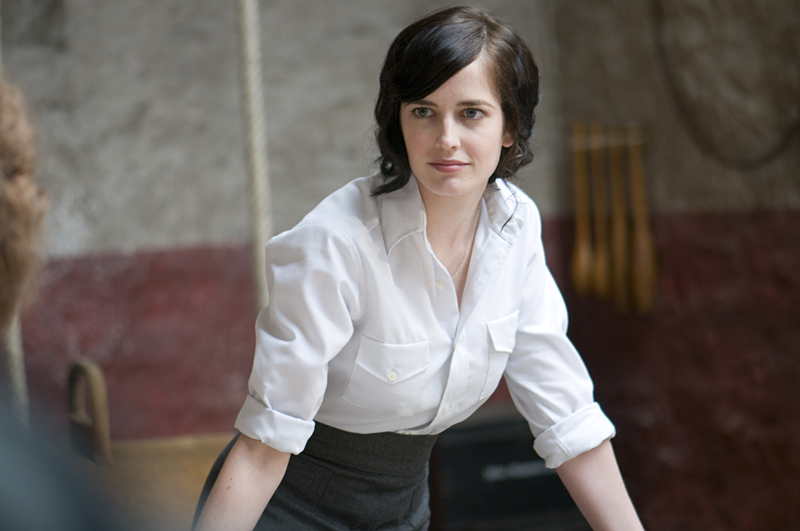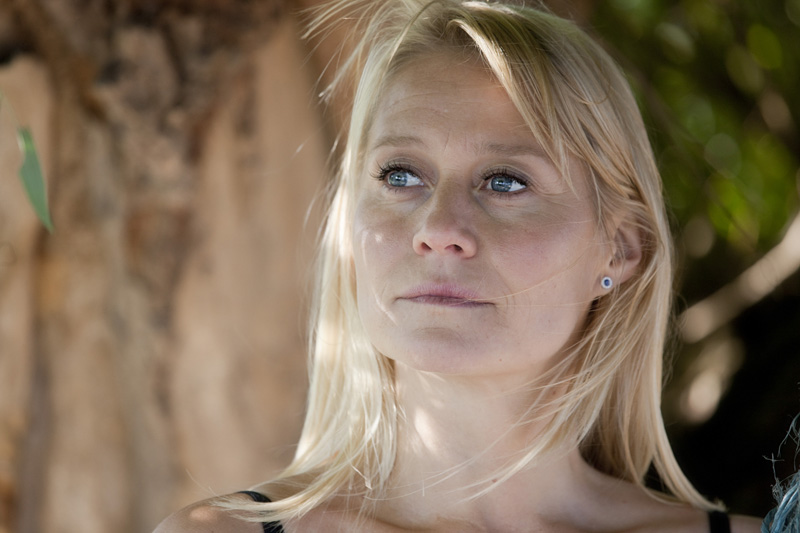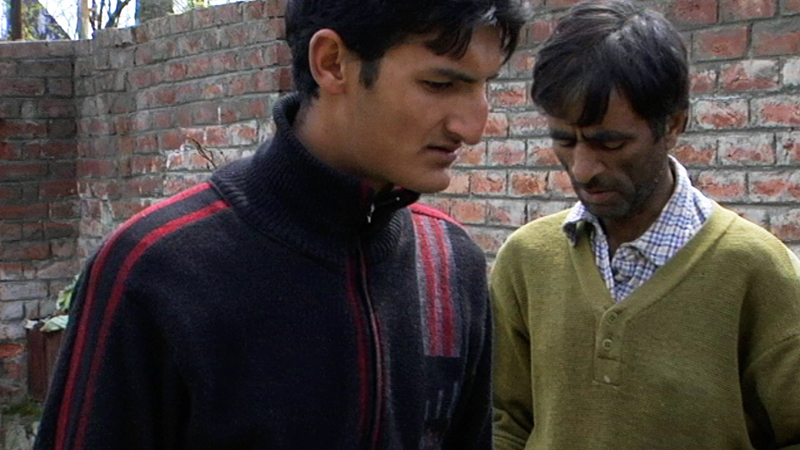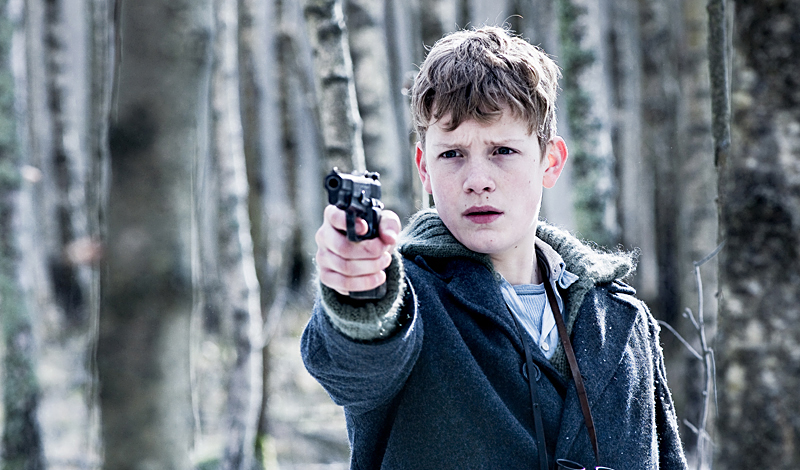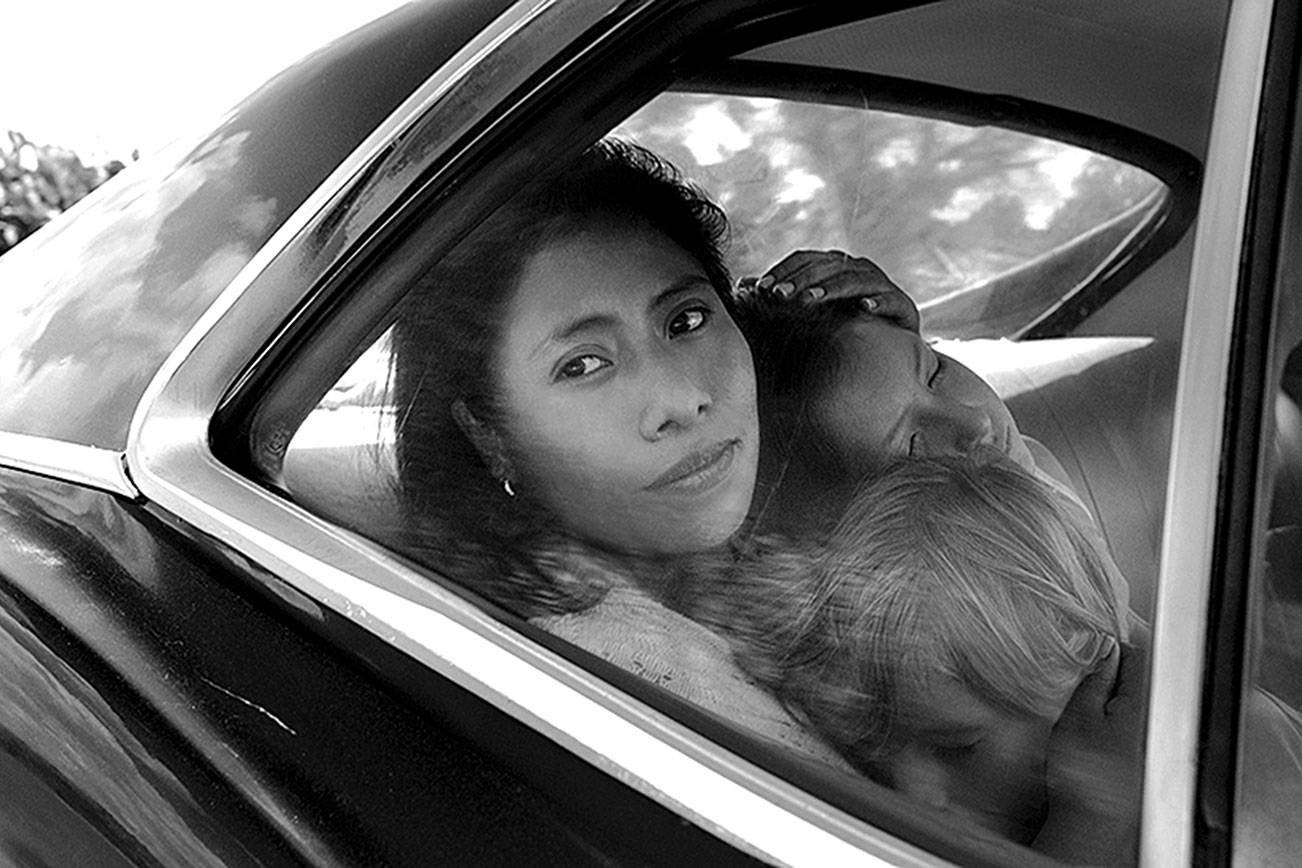Black, fluffy, and gloriously conjoined, Colin Farrell’s eyebrows aren’t the prettiest things about In Bruges—that honor falls to the Belgian city itself, known for its scenic medieval turrets, bourgeois tedium, and unfavorable comparisons with Amsterdam. Bruges may be the movie’s too-long-running joke, but Farrell’s shaggy brow is easily the most entertaining thing in Irish playwright Martin McDonagh’s charming but slight first foray into the crime caper. Flying about the actor’s face like unhinged windshield wipers, knitting together in bovine puzzlement, lust, or sorrow for sins of commission past, this hyperactive hair tells you all you need to know about Ray, a dimly bulbed minor hit man forcibly furloughed in Bruges with staid older colleague Ken (Brendan Gleeson) by their boss, played with evil relish by Ralph Fiennes. While Ken pores over guidebooks, Ray pursues a Dutch nymph (Clémence Poésy) entrusted with furthering the movie’s surrealist ambitions by supplying hard drugs on the film set Ray and Ken keep mysteriously running into—the kind of film set that features angry dwarfs, fog machines, and copious allusions to the Dutch painter Hieronymus Bosch. Fellini ahoy! Expletive-heavy monologues, father-son bonding, and gunplay ensue, but there’s something glib and derivative about this clever chatter, and all the proletarian poetry in the world can’t save this movie from its blurry mess of mixed motives and callow pretensions to moral inquiry.

